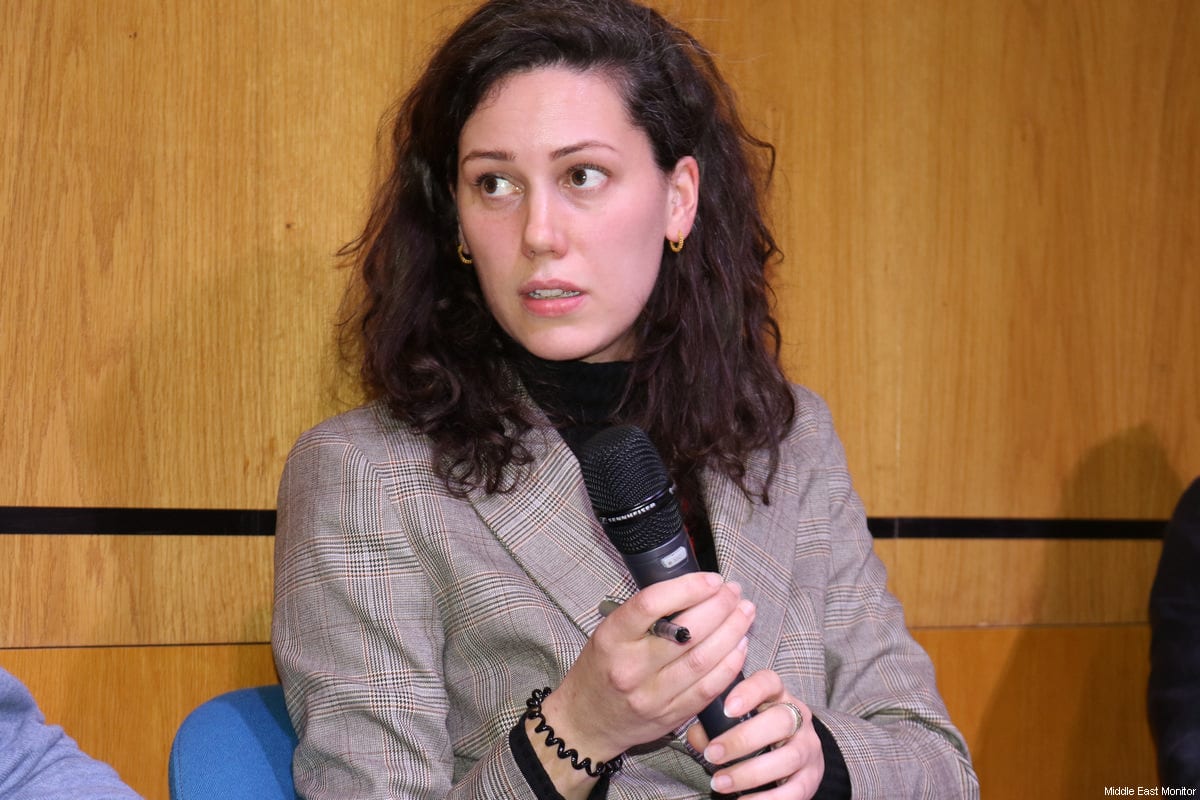At around five million, France has the largest population of Muslims of any country in Europe. Things haven’t always gone smoothly between its Muslim citizens and the government; incidents such as Sarkozy’s banning of the burqa last year infuriated people, leaving many wondering about the Islamic community’s place in French society.
Yet during the opening ceremony of the new Islamic wing at the Louvre in Paris today, current President Francois Hollande announced that the exhibition was “a political gesture in the service of respect for peace”; an opportunity for dialogue and understanding between two nations.
The project has been in development for ten years and is the result of around $130 million being made available to make it amongst the most far-reaching collection of Islamic art in Europe. It comprises 18,000 artefacts from between the seventh and the nineteenth centuries (although only 3,000 will be put on view at any one time), arranged chronologically, spanning geographically from Morocco to India.
A substantial portion of the work came from the private collections of King Mohammed VI of Morocco and Prince Waleed bin Talal of Saudi Arabia. Amongst the masterpieces in the entire collection stand a white ceramic dish with brilliant blue peacocks from the Ottoman era and Al-Mughira’s pyxis, a box used to hold aromatics, its exterior decoration carved intricately from ivory.
Establishing the collection at the Louvre was not an entirely straightforward affair. Henri Loyrette, President and Director of the Musee du Louvre, admitted that some scepticism surrounded its opening, mainly from other museums. In an interview on the Louvre website, Loyrette said: “There is a dual trend between interest and indeed repulsion at times toward Islamic art and toward Islam in particular.”
It is exactly this negative view of Islam that the exhibition is hoping to counter. With such a vast display of unusual objects that illustrate a rich cultural history, Loyrette hopes to reveal Islam’s positive contribution to the world and encourage bridges to be built between different cultures. The works featured were created by a variety of different artists, Jews and Christians as well as Muslims.
A key talking point of the exhibition is a modern rolling roof made of glass and metal that covers the collection, allowing natural light to filter through, illuminating the objects below. Given the subject matter of the work it covers, it seems fitting that it has been likened to a flying carpet.
For some, the wavy glass roof sheds a different type of light on the work. Marwan Mohamed, writer and spokesperson for the Collective against Islamophobia, suggests that the Muslim community has not visited similar exhibitions in the past, and that the Islamic wing is Orientalist in nature. There is concern that such a collection confines Islam to history, rather than presenting it as a living culture.
Writing last week in the New York Times, Souren Melikan suggested sceptically that the exhibition’s layout indicated a monolithic culture and civilisation, where artefacts from Iraq, Syria and Egypt are displayed thoughtlessly alongside objects from Iran.
Melikan has a very different idea from the concept that Sophie Makariov, head of the Islamic art department at the Louvre, hoped to draw from the exhibition. She told Associated Press: “We are suffering from simplistic views on the Islamic world. (Some) would make us believe that there is just one Islam, which is just not true.”
In one part of the collection a thirteenth century Spanish bronze lion stands next to a medieval Iranian prince’s head. So is this just a lot of relics gathered together randomly under the over-simplified heading of ‘Islam’ or a chance to compare works of art from many different countries? To see where the different styles meet, and to observe their similarities and differences? Go and judge for yourself.
Follow Amelia on Twitter: @amyinthedesert
The views expressed in this article belong to the author and do not necessarily reflect the editorial policy of Middle East Monitor.








